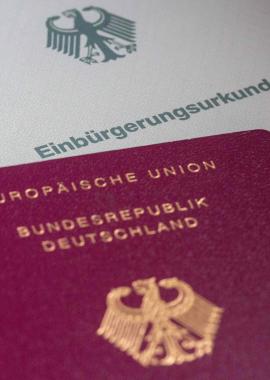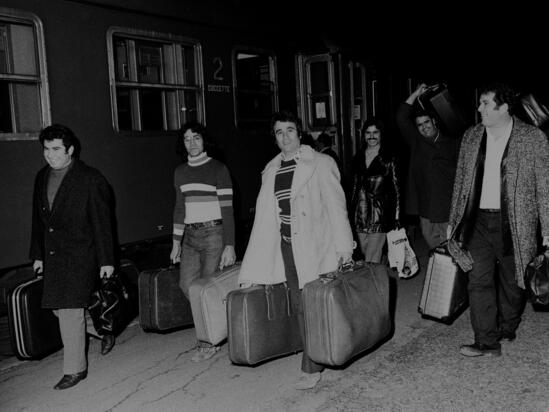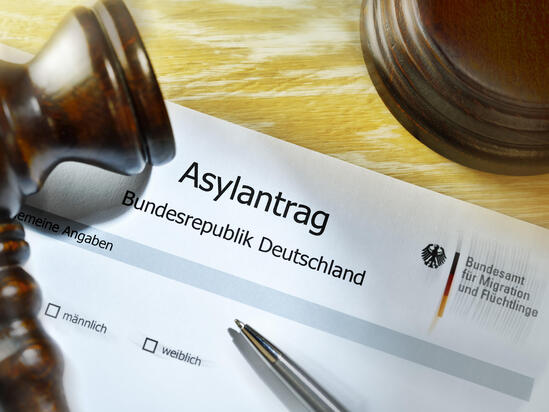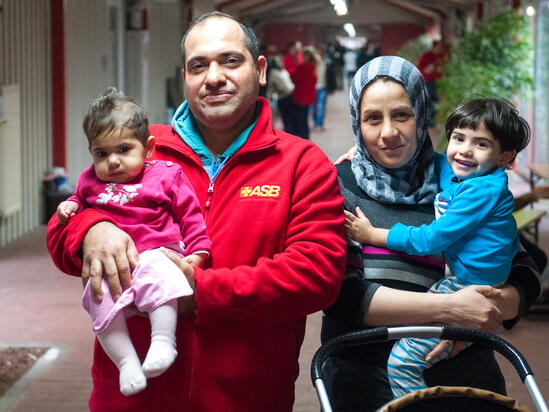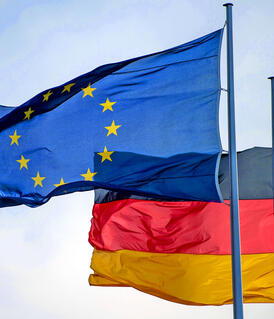Migration and Integration
Germany is a popular destination for immigration and the country prioritises an active policy of integration. Germany provides shelter for refugees and is active around the world to combat the causes of people becoming refugees.

At a glance
At home in Germany
Germany is a popular destination for immigrants. Migrants make an important contribution to its social and economic development.
© Getty Images

24.9 million
the number of people from migrant backgrounds who live in Germany.
13.9 million
the number of people who live in Germany and hold a foreign passport.
© picture alliance
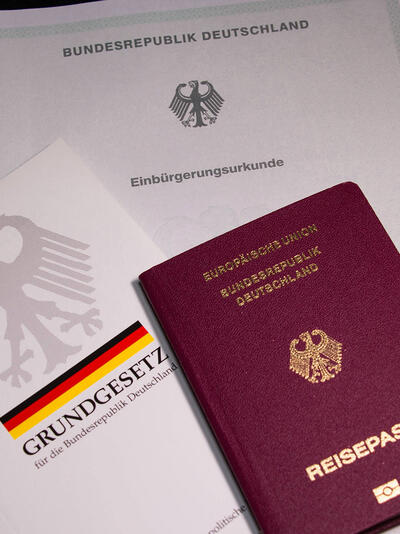
200,100 naturalisations
More than a third of the people who became German citizens in 2023 came from Syria.
© picture alliance/ZB
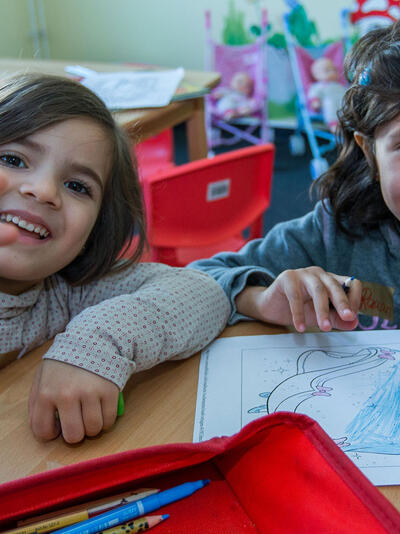
350,000 asylum applications
the number of people seeking protection in Germany rose significantly in 2023 compared to previous years.
© dpa

1.2 million
The number of Ukrainian refugees living in Germany in May 2024.
